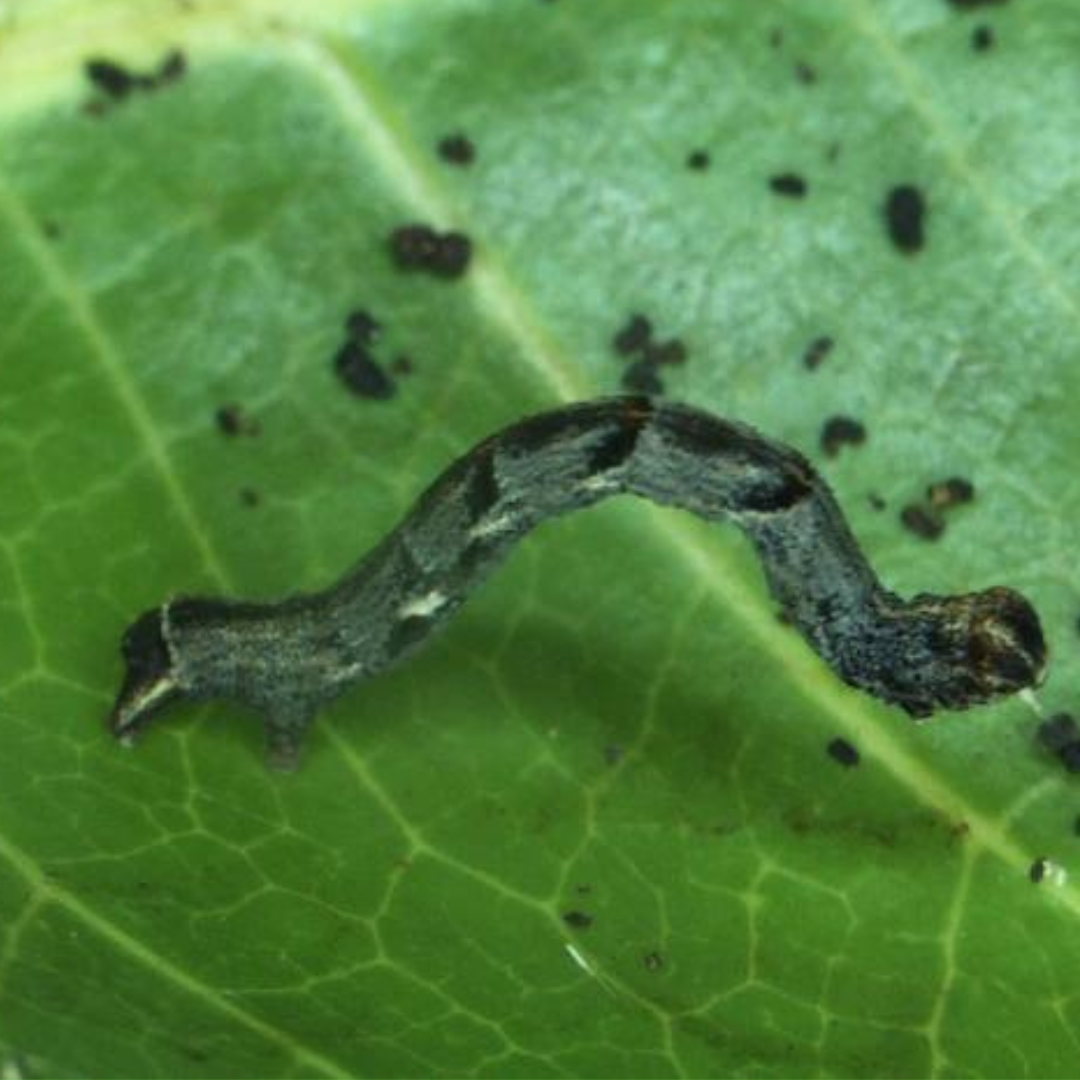
Spot and Treat Mango Tree Looper Inflorescence
Share
Understanding Looper Inflorescence
- Looper inflorescence is a common issue that mango tree owners face, causing damage to the leaves and inflorescences of the tree. Understanding what it is, its causes, and the symptoms associated will help you tackle this problem effectively.

What is Looper Inflorescence?
- Looper inflorescence is a condition in mango trees caused by the larvae of certain moth species. These larvae, known as loopers, feed on the foliage and inflorescences of the tree, resulting in visible damage.
Causes of Looper Inflorescence in Mango Trees
- The primary cause of looper inflorescence in mango trees is the presence of moth larvae that feed on the tender parts of the tree. These larvae can quickly multiply and cause significant damage if not addressed promptly.
Symptoms of Looper Inflorescence in Mango Trees
- Symptoms of looper inflorescence include chewed and ragged edges on leaves, damaged flowers or inflorescences, and the presence of the loopers themselves on the tree.

Identifying Looper Inflorescence in Mango Trees
- To effectively combat looper inflorescence, you need to be able to spot the signs of infestation early on. Here's how you can identify this issue in your mango trees.
Inspecting the Leaves for Damage
- Inspect the leaves of your mango tree for signs of damage, such as holes, chewed edges, or skeletonized foliage. This can indicate the presence of loopers feeding on the leaves.
Checking for Presence of Loopers
- Look out for the larvae of moths on the tree, often found curled up in a loop-like shape. These loopers are the culprit behind the damage caused to your mango tree.

Observing Patterns of Inflorescence Damage
- Check the inflorescences of your mango tree for any signs of damage or irregularities. Loopers tend to feed on these parts of the tree, affecting the fruiting process.
Prevention and Treatment of Looper Inflorescence
-
Once you have identified looper inflorescence in your mango tree, it's crucial to take immediate action to prevent further damage. Here are some methods you can use to treat and prevent this issue.
Natural Remedies for Looper Inflorescence
-
Consider using natural remedies such as neem oil or garlic spray to deter loopers from feeding on your mango tree. These organic solutions are effective in managing infestations without harming the environment.
Chemical Treatments for Severe Infestations
- For severe infestations of loopers, chemical treatments may be necessary. Consult with a professional or local agricultural extension office to determine the right pesticide to use for your mango tree.
Cultural Practices to Prevent Looper Inflorescence
-
Implementing cultural practices like regular pruning, proper irrigation, and maintaining a clean garden environment can help prevent looper inflorescence in the long run.
Protecting Your Mango Trees from Future Infestations
- To ensure the health and well-being of your mango trees, it's essential to adopt proactive measures to protect them from future infestations of looper inflorescence.
Regular Monitoring and Maintenance
- Keep a close eye on your mango trees, regularly inspecting them for any signs of infestation. Prompt action and maintenance can help prevent the spread of looper inflorescence.
Implementing Integrated Pest Management Strategies
- Integrate pest management strategies such as introducing beneficial insects or using trap crops to manage looper inflorescence naturally.
Seeking Professional Help when Necessary
- If you're unsure about how to treat looper inflorescence or if the infestation is severe, don't hesitate to seek help from agricultural experts or certified arborists.
Conclusion
- In conclusion, looper inflorescence can be a challenging issue for mango tree owners. By understanding the causes, symptoms, and treatments for this problem, you can effectively manage it and ensure the health of your trees.

Recap of Key Points
- Looper inflorescence is caused by moth larvae feeding on mango tree foliage and inflorescences.
- Identifying signs of infestation early on is crucial for effective treatment.
- Natural and chemical remedies, along with cultural practices, can help manage looper inflorescence.
- Regular monitoring and implementing integrated pest management are key for preventing future infestations.
Importance of Early Detection and Treatment
- Early detection and treatment of looper inflorescence are essential for preserving the health and productivity of mango trees. By taking proactive steps, you can protect your trees from irreversible damage.
Tips for Healthy Mango Tree Maintenance
- Prune your trees regularly to promote airflow and discourage pest infestations.
- Keep your garden clean and free of debris to reduce hiding spots for pests.
- Consult with experts for guidance on effective pest management techniques tailored to your specific needs.
FAQs:
- How can I differentiate between Looper Inflorescence and other common mango tree diseases?
- Are there any organic methods for treating Looper Inflorescence?
- What are the long-term effects of untreated Looper Inflorescence on mango tree health?
- Remember, your mango trees are a valuable asset, and with proper care and attention, you can keep them healthy and thriving for years to come. If you suspect your trees are suffering from looper inflorescence, don't wait – take action today!
